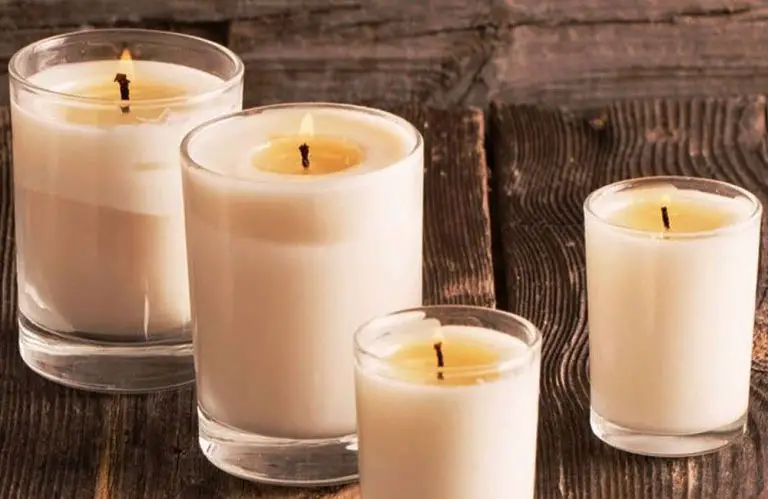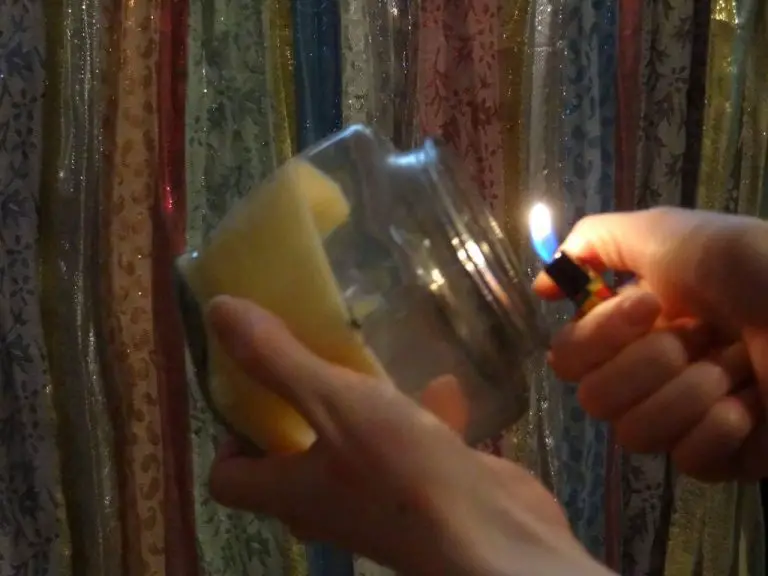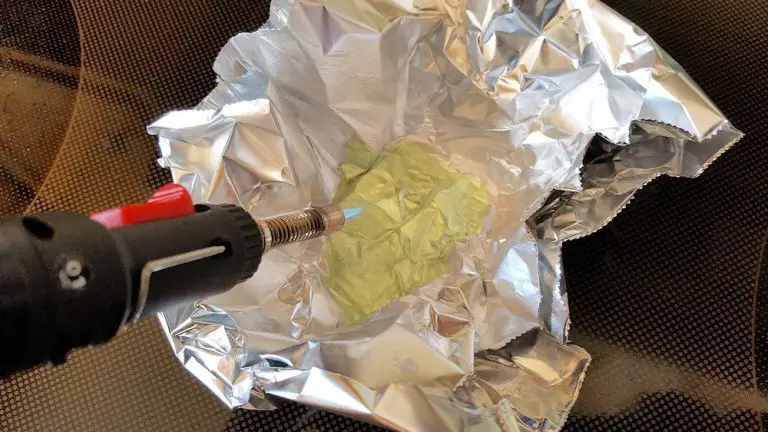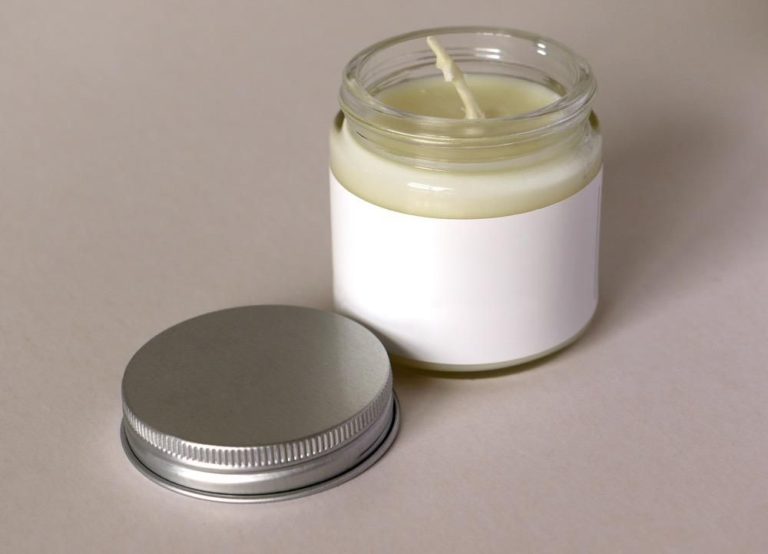Is Candle Making Business Profitable Reddit
Many entrepreneurs have been drawn to the candle making business, attracted by the creative aspects, low barriers to entry, and potential for side income or even full-time profits. However, the candle market has become increasingly crowded over the years. With large retailers and ecommerce sites offering mass-produced candles at low prices, it can be a challenge for small businesses to compete and turn a good profit.
Before investing time and money into starting your own candle brand, it is crucial to objectively evaluate if the business can be profitable long-term. This article will analyze the costs, pricing, brand building, and other factors that impact earnings potential for artisanal candle makers. The goal is to provide key considerations and helpful business advice so you can make an informed decision about pursuing candle making as a money-making endeavor.
The Growing Candle Market
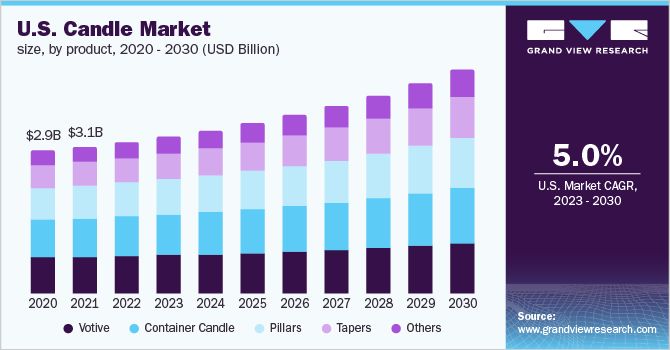
The candle industry has seen significant growth in recent years. According to Statista, the global candle market is projected to grow at an annual rate of 3.15% between 2024-2028 (Statista). In the US alone, retail sales of candles are estimated at $3.14 billion annually (National Candle Association).
This growth can be attributed to increasing consumer demand and interest in candles. Scented candles, in particular, have become popular home decor items and self-care products. Consumers enjoy candles for their ambient lighting, fragrance, and overall coziness. The wellness trend has also contributed to candle popularity, as people seek to create relaxing, spa-like environments at home. Overall, candles appeal to consumers’ desire to personalize and enhance their living spaces.
Startup Costs

When starting a candle making business, there are some basic equipment and ingredient costs to consider. At the most basic level, you’ll need candle wax, wicks, fragrance oils, and jars or containers to hold the candles. Some key equipment includes a double boiler or melting pot for melting the wax, thermometers to monitor wax temperature, pouring pots, and a scale to weigh out ingredients.
Total startup costs can range quite a bit depending on the size and scale you want to begin at. A very small startup doing everything by hand could get started for $350-$1000. This would cover basic supplies and ingredients. On the higher end, leasing a small production space with more professional equipment like a wax melter, label machine, and other tools can run $5000-$15,000 for startup costs (Source).
For a more medium-scale starter business, expect around $2000-$5000 in initial startup expenses. This allows room for more inventory, some branding and packaging, and tools for higher capacity production. Many recommend starting small and scaling up production capabilities over time to keep initial costs manageable.
Ongoing Expenses
Once a candle making business is up and running, there are recurring costs to factor in. The main ongoing expenses will be ingredients like wax, fragrance oils, wicks, and dyes. According to this source, basic candle making supplies can cost $5-15 per pound of candles produced. Buying in bulk brings the cost down closer to $3-5 per pound.
Aside from raw materials, candle makers also need product packaging like jars, tins, and labels on an ongoing basis. There are economies of scale for packaging costs too. Small batch purchases may cost $0.50-1 per unit, while bulk orders can reduce the per unit cost to $0.20-0.30 according to market research. Lastly, makers should account for utilities like electricity and internet for manufacturing and selling candles online.
Purchasing supplies in bulk quantities rather than small batches can significantly reduce recurrent costs. But makers need adequate storage space and enough working capital to buy larger upfront inventory. The tradeoff is between higher per unit costs for small batches versus bigger upfront costs but lower per unit pricing when buying bulk.
Pricing and Profit Margins
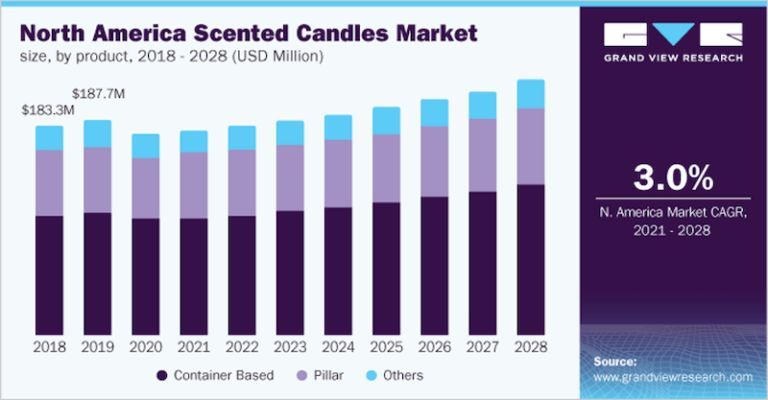
Research shows that handmade candles tend to be priced between $15-$30 for a standard 8-12oz jar candle (https://www.reddit.com/r/candlemaking/comments/wm8o16/candle_business_profit_margin/), with pricing dependent on factors like packaging, fragrances, custom labeling, and other enhancements. According to candle making experts, a 25-50% profit margin is recommended for new candle businesses to remain sustainable (https://www.candlescience.com/how-to-price-your-candles/ ).
To calculate potential profit margins, first determine your total costs per candle including materials, labor, packaging, labeling, shipping, etc. Then set your retail price at a level that covers costs and allows your desired profit margin. For example, if it costs $6 to make a candle and you want a 50% margin, you would price that candle at $12 retail to achieve that margin. Profit margins can be increased over time as production costs decrease with scaling.
Competitive research on pricing is also wise to maximize profitability without overpricing. Evaluate comparable candle brands, sizes, fragrance types and set prices accordingly. It’s ideal to keep prices accessible for customers while earning sufficient margins to grow the business.
Building Your Brand
Building a strong brand is crucial for standing out in the crowded candle market. Effective branding and marketing is how potential customers will learn about your business. Some tips for building your brand include:

Coming up with a memorable business name and logo that reflects your products and values. Be consistent in using your branding across your website, packaging, labels, and marketing materials.
Creating social media profiles on platforms like Instagram and Facebook to share photos of your products and workshop, tell your business’s story, and interact with potential customers. Regular posting and engagement helps build an audience. Optimizing your profiles with keywords can help people find you in searches.
Launching a website to showcase products, accept online orders, and post content like candle-making tutorials or posts about your process. This establishes your credibility and gives potential customers 24/7 access.
Crafting a polished marketing plan with details on pricing, target customers, competitive positioning, and promotional strategies. This helps focus your branding and marketing efforts.
Deciding whether to sell wholesale/in retail stores, at craft fairs or markets, online via your website or Etsy/Amazon, or using a combination of methods. Each has advantages and disadvantages to weigh.
Ordering business cards, designing product labels, creating promotional materials like brochures, and running targeted ads to spread awareness of your branding and offerings.
Building relationships with influencers, bloggers, and the media through product donations, affiliate marketing, or other partnerships. Getting positive mentions by respected brands helps attract customers.
Competing with Mass Market Candles
When starting a handmade candle business, one of the biggest challenges is competing with large, established brands like Yankee Candle. Yankee Candle sells candles and other scented products in over 600 company-owned and partner stores as well as online, grossing over $800 million in revenue in 2012 (SWOT Analysis). So how can a small business compete?
The key advantage of handmade candles is quality and customization. Each candle is lovingly made by hand, often using higher quality waxes, fragrances, and vessels compared to mass-produced candles. Handmade candle makers can also offer tailored scents, ingredients, packaging, and designs to fit their customers’ preferences. This personal touch and attention to quality helps handmade candles command a higher price point and loyal customer base.
Effective strategies for positioning against big brands include focusing on local markets, attending craft fairs and farmers markets, using social media and blogs to share your candlemaking journey, and telling the story behind your business. Emphasize your dedication to quality ingredients and a personalized touch. Offer limited edition seasonal scents and gift sets to create excitement. Providing stellar customer service and relationships will help handmade candle businesses thrive in their community despite competition from Yankee Candle and others.
Scaling Up
As your candle business grows, you’ll need to consider when and how to expand. One of the biggest challenges is managing increased production and inventory needs. According to Eightify, when scaling up a candle business, it’s important to “streamline production processes and implement inventory management best practices early on.” This can involve investing in additional equipment and molds as well as a software system to track inventory.
Another consideration is at what point you may want to open a physical storefront. Starting out online or selling at markets and shows allows testing products and building demand before taking on the overhead of a retail space. According to Eightify, once you’ve established your brand and have a loyal customer base, opening a store can help take your business to the next level. However, the costs of rent, staffing and operations can be substantial. Thorough planning and number crunching is essential before making this major investment.
Regulations and Insurance
When starting a candle making business, it’s important to be aware of any regulations that may apply. While candle making is not heavily regulated at the federal level, some states or localities may impose certain requirements.
For example, according to the Florida State Fire Marshal, any business involving high-risk activities like candle making must obtain a permit and comply with Florida’s fire safety rules (1). Researching your own state and local regulations is an important first step.
You should also look into obtaining business insurance, even though it may not be legally required. General liability insurance can protect you in case a customer gets injured from your product or files a lawsuit (2). Product liability insurance specifically covers issues caused directly by your products. Many candle makers opt for coverage just to have peace of mind.
Home-based candle businesses can get liability insurance starting from around $300 per year. Coverage limits and premiums increase for larger production volumes or retail locations. Evaluate your potential risks and check if any venues where you sell require vendor insurance.
(1) https://www.myfloridacfo.com/division/sfm/bfp/Documents/CandleMFG.pdf
(2) https://soycandlemakingtime.com/insurance-for-my-candle-business/
Conclusion
In summary, starting a candle making business can certainly be a profitable endeavor with the right planning and execution. The relatively low startup costs make entering this market achievable even for first-time entrepreneurs. While mass-produced candles present stiff competition, unique scents and branding open doors for handmade candle makers to find their niche. The keys to success ultimately come down to staying lean in the beginning, focusing on quality, identifying your target demographic, mastering your unique value proposition, and scaling up manufacturing efficiently. With passion for your craft, business savvy, and a bit of luck, candle making can become a full-time, fruitful venture.
If the projections and paths laid out seem viable for your goals and risk tolerance, there is money to be made in candles. But proceed realistically, with patience and dedication to your craft. Make calculated moves to control expenses while maximizing perceived value. Experiment relentlessly to create signature scents and stand apart. With persistence and smart growth, candle making can light the way to profits.


